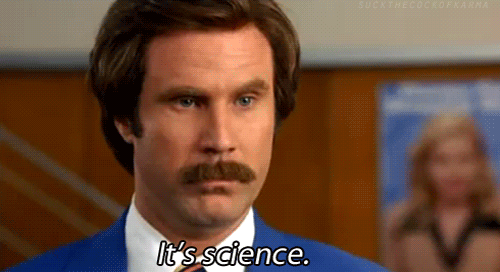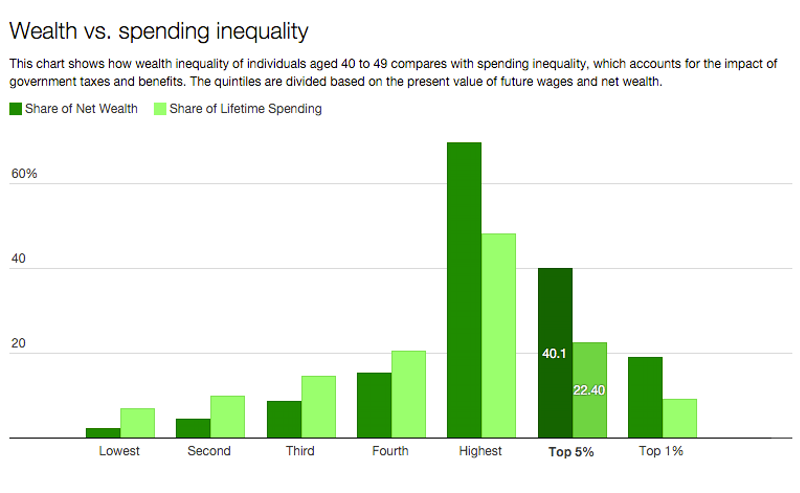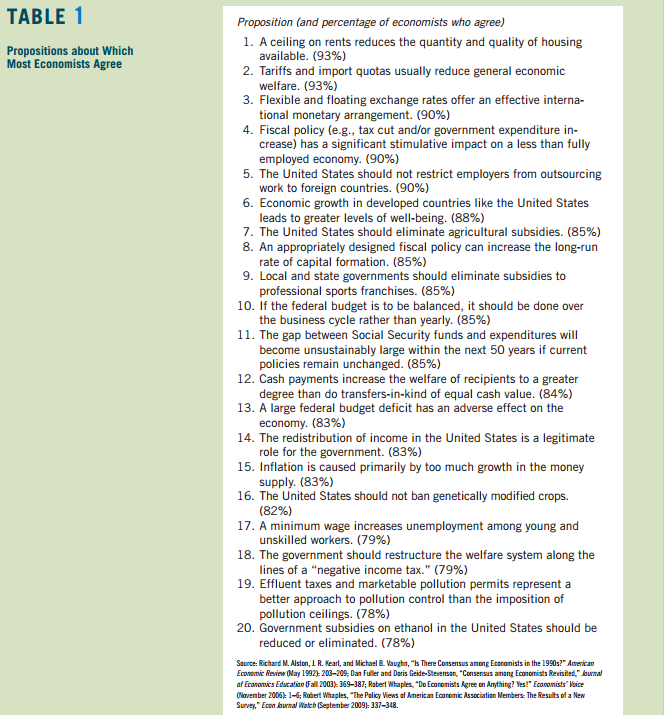
The Boston Globe made this interesting observation last week in the wake of the terrorist attack in Brussels:
Long before Tuesday’s terror attacks in Brussels, it was clear that Belgium had become a breeding ground for Islamist extremists. Hundreds of Belgian Muslims — as many as 500, according to one estimate — have gone to Syria and Iraq to fight for ISIS, making Belgium by far Europe’s leading supplier of foreign jihadists. Last November’s horrific slaughter in Paris was masterminded by a Belgian radical, Abdelhamid Abaaoud, and at least four of the men who carried out those attacks were from the Brussels district of Molenbeek. One of them was Salah Abdeslam, who was captured in Molenbeek, after an intense manhunt, on March 19.
For Islamist imams and terrorist ringleaders, such neighborhoods — heavily Muslim, densely populated, with high unemployment and crime rates — have proved fertile territory for recruiting violent jihadists. “There is almost always a link with Molenbeek. That’s a gigantic problem, of course,” Belgium’s prime minister said after the Paris atrocities.
The article continues by explaining that “Muslim communities are not inherently predisposed to violence. The presence of a sizable Muslim population in a non-Muslim-majority country does not inevitably presage jihadist bloodshed or demands for the imposition of sharia. It is true that some 650,000 Muslims live in Belgium, but five times as many — 3.3 million — live in the United States. Why hasn’t America become a hotbed of Islamic extremism? Why aren’t American Muslims by the thousands flocking to fight for ISIS, Al Qaeda, and other terrorist organizations?” Drawing on Pew Research data, the columnist points out that the “United States has been far more successful at assimilating and integrating Muslim immigrants into American society and culture than has Western Europe.” And this is all despite the wars in Afghanistan and Iraq. In other words, “America’s melting pot still works.”[ref]Which is why Trump and Cruz should really shut their mouths.[/ref]
Much of this is surely cultural. But are there any economic factors involved? Journalist and Reason analyst Shikha Dalmia thinks so. “The standard explanation,” she writes, “is that Europe has admitted more Muslims than it can afford to integrate…Failure to spend money on integration means consigning these refugees to segregated Muslim ghettos or banlieues without jobs and without prospects — other than their monthly welfare check — where they become sitting ducks for radicalization.” But this narrative is flawed:
Immigrants don’t need job programs. They need jobs. And, for a variety of reasons, Europe provides much more of the first and America much more of the second. Europe has an army of social workers in various NGOs whose job is to prepare immigrants for jobs. Not so much in America, which may be partially why America has a far better assimilation track record than Europe. Jobs offer immigrants not just a paycheck, but also an entry into their new society, providing them with both the means and motive to learn its language and customs, all of which eliminates the need for formal programs. What is striking in any conversation with Syrian refugees in America is just how ready and willing they are to take just about any job, no matter how lowly or arduous…Yet many European countries have gone out of their way to deny or severely limit job opportunities for asylum seekers and refugees.
…Even after refugees obtain work permits, their upward mobility is greatly restricted in Europe, thanks to the exceedingly rigid labor market in many countries. The unemployment rates of France and Belgium are nearly twice that of the United States. This dismal job market affects immigrants much more than the native born, thanks to Europe’s tough minimum wage laws and other labor regulations that protect incumbents at the cost of newcomers…Europe’s tough hiring-and-firing provisions, demanded by labor unions, are poison for immigrants. Why? Because immigrants inevitably involve more risk and uncertainty than natives, and if employers can’t fire them, notes George Mason University’s Alex Tabarrok, they won’t hire them either. It is not surprising that Muslims in France, which has some of the most protective labor laws in the industrialized world, are two-and-a-half times less likely to receive job interviews than non-Muslims.
This counterintuitive explanation is worth considering.









 Yesterday, a friend’s Facebook wall was blowing up with debates over the merits of libertarianism. One commenter wrote, “Libertarians should spend time in India or Pakistan to see what weak, ineffective government ultimately accomplishes.” My response was, “Just finished this yesterday.” I linked him to
Yesterday, a friend’s Facebook wall was blowing up with debates over the merits of libertarianism. One commenter wrote, “Libertarians should spend time in India or Pakistan to see what weak, ineffective government ultimately accomplishes.” My response was, “Just finished this yesterday.” I linked him to 